As more and more commercial drone operators enter the industry in the UK, how do you make yourself stand out from all of the other operators?
There are many different ways to gain clients such as; marketing, PPC advertising and other forms of lead generation which are well documented (we’ll be covering these in much more detail in future blogs, so as always, stay tuned!). However, it now appears that one of the lead differentiators is having enhanced permissions under an Operating Safety Case or ‘OSC’, which go above and beyond those held by other commercial drone operators.
In this series of blogs, which we see spanning more than 100 individual pieces, Matt Williams - the international authority on drones - will aim to outline precisely what an operating safety case is, why you need one and ultimately how to write one. It is worth noting that while the current form of this body of work will primarily be based here on the blog; we are also working on forming this content into a video series, podcast series and ultimately delivering it as one contiguous piece under a seminar and course-based format. More on that soon!
Read Time: ~4 Minutes
What are the main elements the CAA look for in an OSC Application?
Before we start diving into the detail of the OSC itself, I think it’s worth taking a high-level overview of the underlying themes which the CAA is looking for when you submit your OSC for their review.
Although there are three predefined volumes which make up the OSC document as we have previously mentioned (and will go on to look at in detail in the future), there are three main themes which you will need to consider when deciding whether you should begin the process of creating an OSC or not. These three main themes, which are areas that may require significant personal or professional development prior to you being granted permissions to operate under an OSC, are as follows:
Aircraft
What type of aircraft do you operate (or are you looking to operate) under the auspices of your OSC permissions? Is the aircraft suitable for the operations which you intend to undertake and in what ways, if any, does your choice of platform help to minimise and mitigate any operational risks to as low as reasonably practicable (ALARP)?
For example, someone looking to undertake work in the media sector in congested areas while reducing separation distances down to 30m from 50m will have to explore the different aircraft options available.
It is highly unlikely regardless of the other mitigation's which the operator puts in place; the regulator will issue non-standard permissions for a cheap off-the-shelf system (COTS. That is to say that an aircraft such as the DJI Mavic 2 Pro would not be considered appropriate by the CAA for use under an OSC regardless of the operator’s experience and capability. We have tried numerous times with the DJI Mavic and Phantom series aircraft, to get reduced permissions on behalf of clients, and the CAA (despite these aircraft having a relatively low mass compared to many others) are not content that these COTS are appropriate for use under an OSC. In this case, the Inspire 2 aircraft may be most appropriate, mainly because it has the following:
- Dual battery - therefore a level of built-in power redundancy
- Dual IMU - therefore a level of built-in hardware redundancy
- The ability to add a third-party Ballistic Recovery System (BRS), such that the kinetic energy of the aircraft is be reduced when the system is activated, should it be required in the event of an incident, to help prevent injury.
To take another sector within the industry as an example; someone looking to conduct commercial roof surveys may need to reduce their separation requirements down considerably from that which someone operating in the media sector may need to do.
Indeed, it may be that someone conducting this type of work may need to overfly persons, vessels, vehicles or structures not under their control at some point during the flight. This would normally necessitate the use of an aircraft with some very specialist capabilities and, more importantly, redundancies built into its system architecture.
One of the most common platforms we see utilised for this purpose (and one of the simplest on which to gain approval for this type of work from the CAA, due to their intimate knowledge of it and it systems) is the AscTec (now Intel) Falcon 8 or, more latterly, the Intel Falcon 8+. This aircraft has the following attributes which make it particularly suitable for these types of operations under an OSC, namely:
- Eight individually controlled motors/propellers - therefore a large amount of built-in motor redundancy
- A relatively low mass compared to most eight-bladed (octocopter) small unmanned aircraft - meaning lower kinetic energy if an accident or incident were to occur, thus limiting or significantly reducing any potential for damage or injury
- Triple redundant flight control systems and autopilot - therefore a huge level of built-in technical redundancy, greatly reducing the chances of a catastrophic system failure within the aircraft.
The list above is not extensive, and the examples are just a couple of different situations we have seen, but hopefully, it starts to set the scene and allows you to begin building a picture of one of the elements you will need to consider carefully when embarking on the journey to obtaining an OSC.
Operator/organisation
What evidence are you able to provide to the CAA that you as an operator (or your organisation) can operate safely under enhanced permissions?
If you are new to the industry and have very little experience how can the CAA be assured that you can operate safely outside of the standard permissions issued to normal PfCO holders?
If you lack experience, you may have to consider either:
- Delaying your application until you have gained a suitable amount of experience (12 months operating under standard permissions would normally be deemed the minimum requirement for a new permissions holder before applying to the CAA for an OSC)
- Conducting additional training courses such as additional flight training, gaining some full-sized aircraft operating experience or carrying out some form of auditable, advanced drone flight training with an NQE.
This is not to say that an OSC application may not be successful if you don’t have much experience, but it will definitely help make the process and ultimately, the decision, easier for the CAA if you consider implementing the above advice.
Documentation and Evidence
The CAA will look very closely at all of the documentation which you provide (including any additional evidence) to them as part of your OSC application. As with all things; your level of professionalism, attention to detail and understanding of areas such as risk mitigation, safe operations, airspace integration and safe ways of working will be readily apparent to anyone reading your document. You need to put the effort and work into your OSC, to help allow the CAA Assessors to get the ‘warm fuzzy feeling’ that you really do know what you are doing.
The key here is really to make it difficult for the CAA to say no to your request for non-standard permissions, rather than proving to them that they should allow you to operate under an OSC.
Therefore, it is of the utmost importance that you follow all of the advice which we will be giving you throughout this series to the letter and take every opportunity to develop your knowledge and understanding throughout the process of creating and applying for your own OSC.
Summary
While not an exhaustive list of the requirements for gaining an OSC, hopefully, the three main elements outlined above serve to get you thinking in the way in which you will need to as an OSC qualified drone operator.
I cannot stress enough how the professionalism, tone and content within your OSC will influence the decision-making process of the assessor or assessors reviewing your OSC application within the CAA.
The easier you can make it for the assessor to see why you should be allowed to operate under enhanced permissions, rather than being ’in the pot’ with all of the other standard permissions holders, the more likely you are to be issued with the permissions which you ask for.
Even experienced operators who have written a poor OSC document are denied enhanced permissions all of the time. Remember, it is not a requirement of the CAA to allow you to operate under anything other than standard permissions, when you have completed an NQE course and have been recommended for the award of a PfCO. Therefore it is down to you as the operator to prove to the CAA that you are worthy of them accepting an increased risk on their part by allowing you to operate where, when and how others cannot.
Hopefully, by the end of this series, we have created together, the solid evidence and documentation you will need to fulfil these requirements, and you will soon find yourself as an OSC operator, working at the top of the industry, known for being able to deliver incredible work where others cannot – SAFELY!
Blue Skies,
Matt



